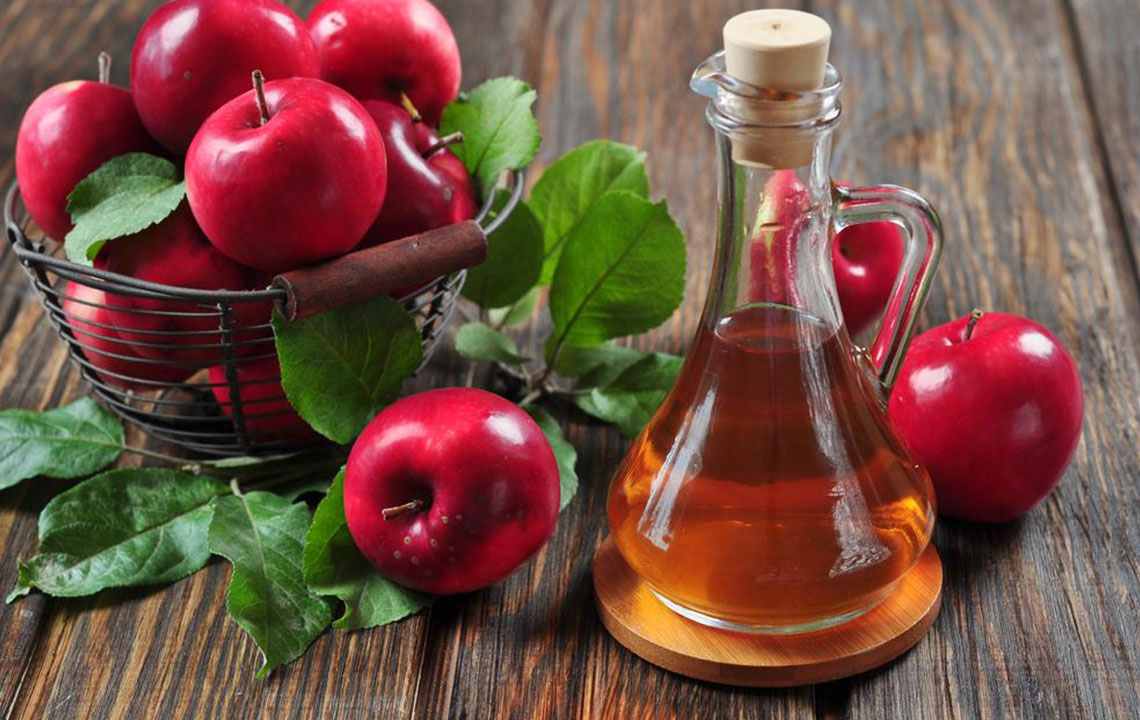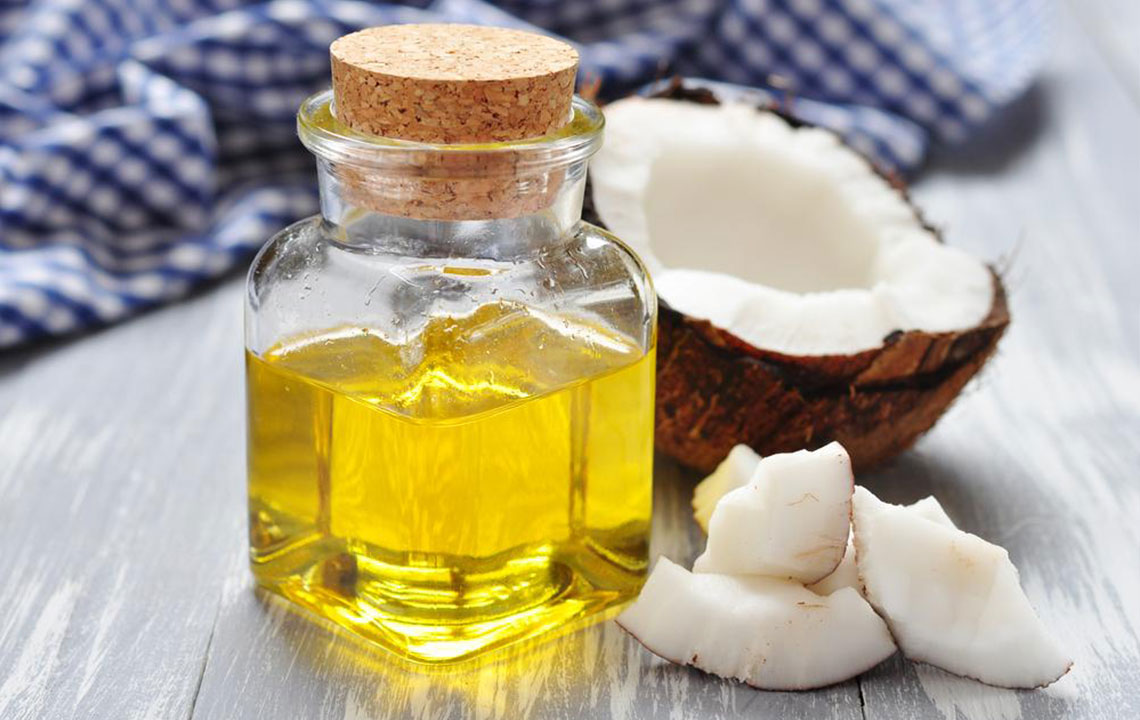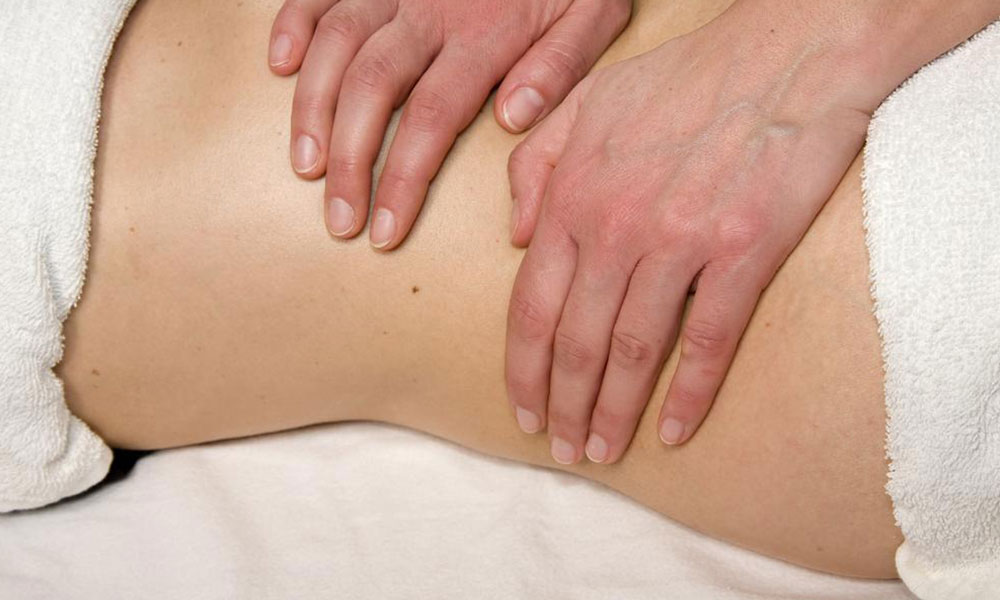Effective Natural Strategies for Managing Chronic Spinal Stenosis Pain
This comprehensive guide explores effective natural home remedies for managing chronic spinal stenosis. It covers causes, symptoms, and practical strategies like exercise, posture correction, chiropractic care, stretching, and dietary approaches. These methods can help alleviate nerve pressure, reduce inflammation, and improve mobility naturally. Designed for those seeking long-term relief without immediate surgery or medication, the article emphasizes holistic health practices to enhance spinal health and overall well-being.

Effective Natural Strategies for Managing Chronic Spinal Stenosis Pain
As people age, they often face a variety of health challenges that can impact their quality of life. Among these, spinal stenosis stands out as a common and often debilitating condition, especially in individuals over 50. While medical interventions are available, many seek natural and home-based remedies to alleviate symptoms and improve daily functioning. Understanding the causes, symptoms, and practical home remedies for spinal stenosis can empower patients to manage their condition effectively and safely.
What is spinal stenosis?
Spinal stenosis refers to a narrowing of the spaces within the spine, which can exert pressure on the spinal cord and nerves. This compression often leads to pain, numbness, and weakness in various parts of the body. It predominantly affects the cervical (neck) and lumbar (lower back) regions, causing discomfort and mobility issues that can significantly diminish quality of life if left unmanaged.
Causes and risk factors of spinal stenosis
The primary cause of spinal stenosis is osteoarthritis, which involves the degeneration of joints leading to thickening of ligaments, formation of bone spurs, and disc degeneration. These changes compromise the space within the spinal canal, exerting pressure on nerves.
Additional factors include herniated discs, traumatic injuries, spinal tumors, genetic predispositions, and conditions like Paget's disease that impact bone growth. Certain lifestyle factors, such as prolonged poor posture, sedentary habits, and excessive weight, can exacerbate the condition.
Recognizing symptoms and signs
The hallmark of spinal stenosis is sciatica—pain radiating from the lower back down through the legs, often accompanied by numbness, tingling, or weakness. Some individuals experience foot drop, urinary issues, or difficulty standing or walking for extended periods. Symptoms tend to worsen with activity and improve with rest.
While conventional medicine offers surgical and pharmacological options, many patients turn to home remedies to control discomfort and support spinal health naturally.
Home remedies for managing spinal stenosis
Engage in regular, gentle exercise: Consistent physical activity strengthens the muscles supporting the spine, boosts circulation, and reduces inflammation. Low-impact exercises such as walking, swimming, and cycling are highly recommended. Incorporating strength training and flexibility routines can enhance spinal stability and reduce nerve compression risk.
Prioritize good posture: Maintaining proper posture minimizes undue pressure on the spine. When sitting or standing, keep your back straight, shoulders relaxed, and feet flat on the ground. Use ergonomic supports and avoid slouching to prevent further nerve impingement.
Chiropractic care and spinal adjustments: Trained chiropractors can perform spinal manipulations that may ease nerve compression, improve mobility, and realign vertebrae naturally. Regular chiropractic visits can complement home management strategies effectively.
Stretching and flexibility routines: Gentle stretching exercises help relax tight muscles, improve flexibility, and decrease the likelihood of injury. Focus on hamstrings, hip flexors, and lower back stretches to support spinal health.
Physical therapy and professional guidance: Customized exercise programs designed by physical therapists can strengthen core muscles, correct posture, and improve spinal stability. Professional guidance ensures safe and effective practice tailored to individual needs.
Natural pain management techniques: Applying hot and cold compresses can significantly reduce inflammation and provide relief. Warm packs relax muscles, while cold packs numb pain and decrease swelling. Soaking in Epsom salt baths can also soothe sore muscles and reduce swelling.
Anti-inflammatory and nutrient-rich diet: Eating foods rich in anti-inflammatory compounds like omega-3 fatty acids, antioxidants, and phytochemicals can combat chronic inflammation. Incorporate leafy greens, berries, nuts, seeds, and fatty fish to support overall bone and joint health, which may slow disease progression and ease symptoms.
Overall, adopting these home remedies can play an essential role in managing spinal stenosis symptoms, enhancing mobility, and improving quality of life over the long term. While these strategies are effective for many, individuals should consult healthcare professionals for personalized treatment plans, especially if symptoms worsen or do not improve.





